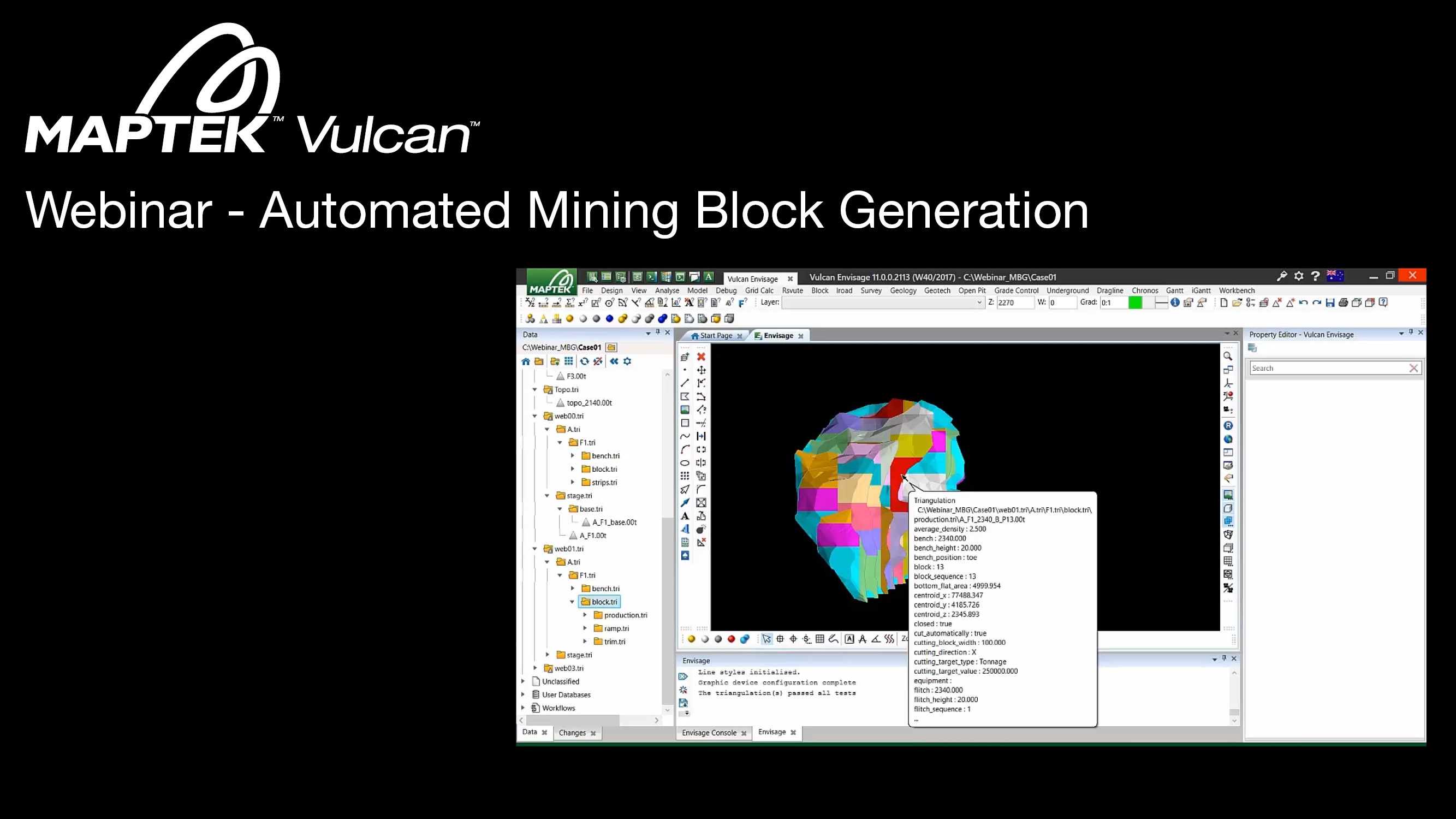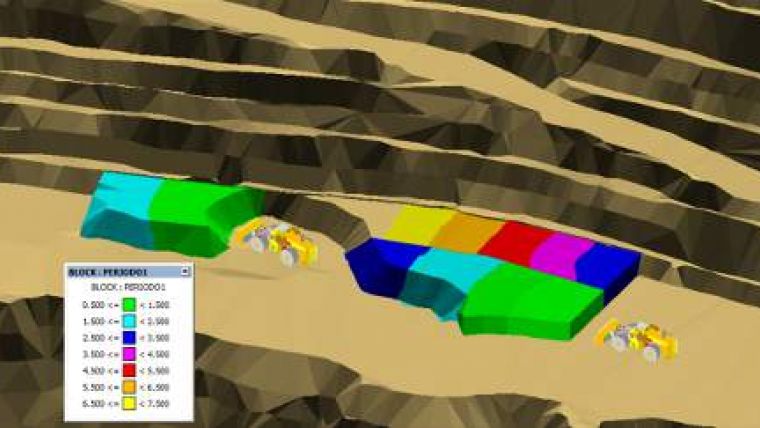


"Vulcan 9.1 follows the Maptek philosophy to provide powerful tools that help make geologists, engineers and other mining professionals as efficient as possible," said Gonzalez. A new interface to borehole geophysics streamlines database interpretation.ĬAD data is now handled by graphics card drivers for improved performance, building on support for triangulations and block models introduced in earlier releases. Stratigraphic modeling upgrades allow users to combine different modeling methods into a ‘hybrid’ approach which makes best use of their available data. A combination of scenarios can be chosen for the final design," concluded Gonzalez.

"Both Pit Optimizer and Level Designer provide quick previews before running calculations in detail, so users can decide which designs are worth developing. Improved analysis and viewing tools allow more ‘what if’ scenarios to be run in the same timeframe. Users do not need to regularise and manipulate models, or import/export data for processing. New predefined pit-by-pit graphs or period-by-period charts in Pit Optimizer reduce the amount of customisation required in Excel. The models can be applied and updated for ‘what if’ scenarios throughout the mine planning cycle," added Gonzalez. "Vulcan users can set up large, multi-domain geological models. More complex settings can be modeled into domains, including on the fly combinations of geological database codes. New Implicit Modeling options in Vulcan 9.1 include sample selection tools and triangulation output controls. "Underground mine development is now done entirely in Vulcan." Vulcan Ring Design tools are then used to drill out the stope for handover to production," explained Gonzalez. "Stope Optimiser generates stope shapes, which Level Designer leverages for designing access points, and the information is then scheduled in Gantt Scheduler.


 0 kommentar(er)
0 kommentar(er)
